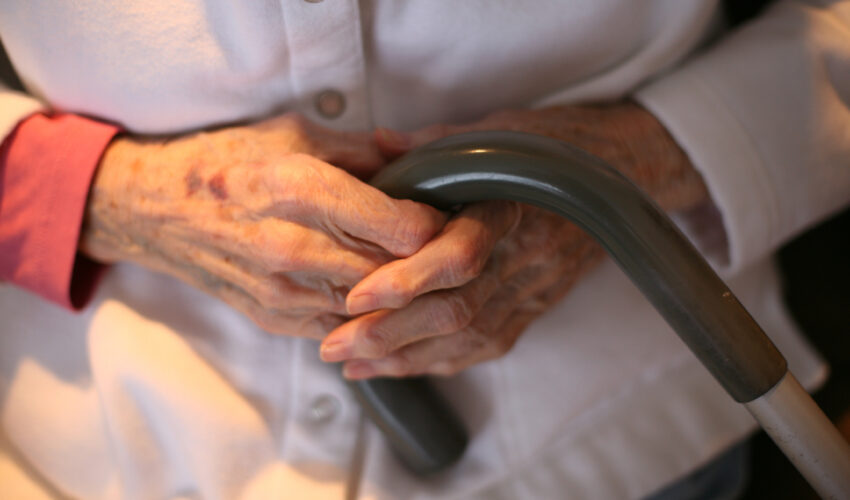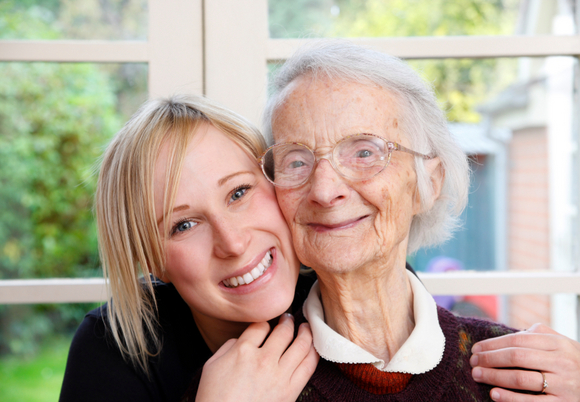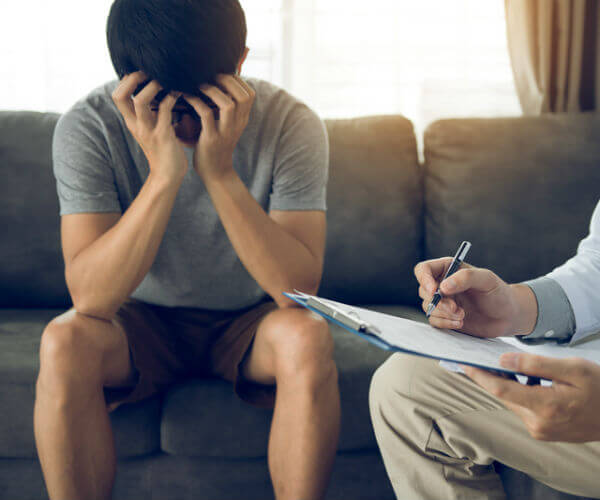Whether you work with elderly people on a daily basis or simply care for a loved one, they make be at-risk for falling. 33% of adults over the age of 65 fall every year. These falls result in scrapes, bruises, and hip fractures.
There are several signs that will let you know that someone is at-risk for falling, as well as several tips on how to prevent falls. If this sounds like someone you know, here is some more information on how to reduce the risk of falling.
Signs that Your Loved One is at Risk
There are plenty of reasons why a loved one may be at risk. Being informed on which situations put them most at risk and how to avoid them will allow for a safer environment. Consider these questions when assessing your loved one to determine if the risk is greater than originally thought.
- What is their balance strength? Notice the general balance of your loved one. If their balance isn’t what it should be, this may indicate a need for a walking aid.
- How well do they stand when they get up? If your loved one is steady and can begin walking soon after, this is a good sign that they can balance and accommodate changes.
- Can they get off the floor well? In the case that they do fall, note their ability to stand up if they can.
- What is the quality of where they spend most of their time? Examine the rooms where they spend time and determine if they are surrounded by clutter or clear walkways.
- How is their vision? Can they easily detect bumps or inclinations?
- How can they walk under fatigue, blood pressure, or other medications? If they take medication, consider how often they take it and what effects it has on them.
How to Help Reduce Risk of Falling
Consider which medications your loved one is taking and their diet. These along with several outside factors can contribute to dizziness and cause changes in mood that can impact a fall. It’s ineffective to order your loved one around because it’s possible they didn’t remember instructions and will get upset. It’s important to know that certain phrases can decrease confidence and cause frustrations in older individuals. Those with impaired motor function that impact balance are at-risk for falling.
While older individuals may have trouble walking, it isn’t always the case that they’ll be better off with a walker. Taking note of engagement during activities of the individual will give a good picture if they can recognize whether they are at-risk for falling. It is common for individuals caring for at-risk loved ones to constantly want to help and secure the person, however this can contribute to confusion. Approaching situations slowly and with care will only help the at-risk individual. Guiding them through the process of what happens during and after falling can inhibit moods of fear and confusion.
While your loved one may be strong, it doesn’t necessarily mean they can maintain balance. It’s possible that altering their environment for clear pathways and minimal inclinations and bumps can significantly reduce the risk for falling. Not all internal risks are controllable, but external ones are. Practicing how to get up and maintain balance is a great exercise to get your loved one engaged and interested in their tasks with enough focus to recognize risks. For more information of falling prevention or to ask anyone questions concerning your loved on, contact us today.




